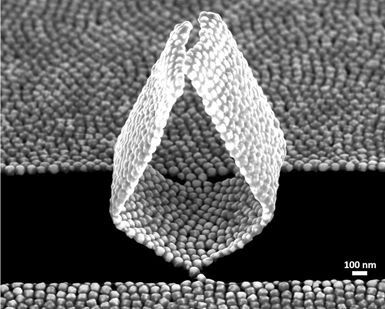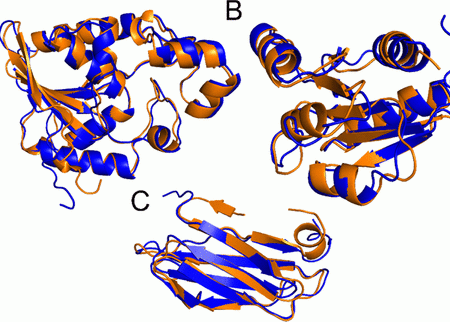


Lipid Nanoparticles in COVID Vaccines

Nanotechnology and the Military

Why is October 9 Nano Day? (And what does it have to do with scientific notation?)

Anxiety can make graduate school feel like an Olympic balance beam

Artivism in Chemistry

Why Honeybees Never Ask for Directions

Protein folding, artificial intelligence, and impacts on sustainable nanotechnology

The NSF Center for Sustainable Nanotechnology uses art and story to make the nano world relatable
